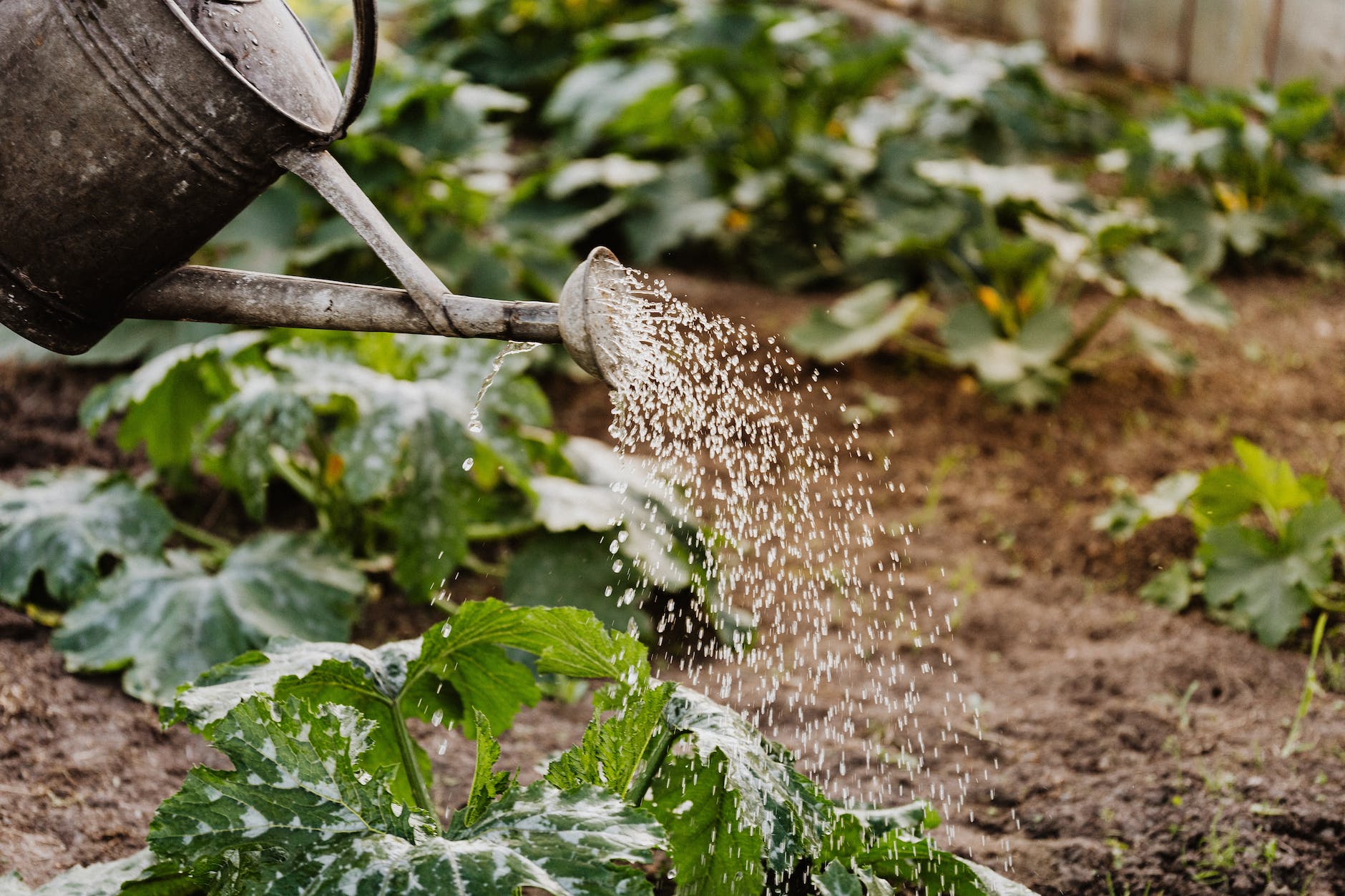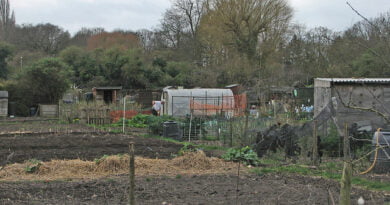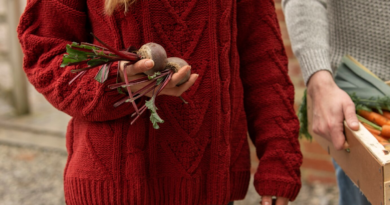Unlocking Your Allotment’s Full Potential through the Art of Companion Planting
For generations, the art of companion planting has woven its intricate threads through the fabric of agriculture and gardening, offering a harmonious symphony of growth and vitality. This age-old technique, cultivated over centuries by astute farmers and dedicated gardeners, brings forth a tapestry of benefits that extend far beyond the individual plants themselves. As you embark on your journey of allotment cultivation, the knowledge and wisdom of companion planting stand ready to guide you toward a garden brimming with abundance, resilience, and natural harmony.
At its core, companion planting is a masterful dance of coexistence, where different plant species are thoughtfully paired to unlock a symphony of growth-enhancing interactions. This practice, steeped in tradition, holds the key to elevating your allotment’s potential to new heights. It’s a remarkable strategy employed to boost crop yields, curtail pest woes, and cultivate soil health, all while fostering a thriving ecosystem that mirrors the delicate balance found in nature’s grand design.
The philosophy underlying companion planting revolves around the concept that certain plants possess inherent attributes that can benefit their botanical neighbors. These attributes manifest in various ways, such as the exchange of nutrients, the repulsion of pests, and the enticement of beneficial insects. By thoughtfully selecting plant companions and arranging them within your allotment, you forge a symphony of support where each player contributes to the collective well-being of the garden orchestra.

Benefits of Companion Planting
Companion planting offers a number of benefits to your allotment, including:
- Natural pest control: Companion planting can help repel pests or attract beneficial insects that eat pests, reducing the need for pesticides.
- Improved soil quality: Some plants help improve soil fertility by fixing nitrogen, adding organic matter, or reducing soil-borne diseases.
- Increased yield: Companion planting can help plants grow stronger and healthier, resulting in a higher yield of crops.
- Space-saving: Companion plants can be grown together in the same space, making the most of your allotment.
Tips for Companion Planting
Here are some tips to help you get started with companion planting in your allotment:
- Choose compatible plants: Some plants work well together, while others can inhibit growth or attract pests. Research which plants work well together and which should be kept apart.
- Consider plant height: Make sure to plant taller plants where they won’t shade smaller plants.
- Rotate crops: To prevent soil-borne diseases, rotate your crops every year.
- Experiment: Don’t be afraid to try new combinations of plants to see what works best in your allotment.

Examples of Companion Planting
Here are some examples of companion plants that work well together:
- Tomatoes and basil: Basil repels tomato hornworms and also enhances the flavor of tomatoes. It’s a win-win situation!
- Beans and corn: Beans fix nitrogen in the soil, which corn needs to grow. In return, the corn provides support for the beans to climb.
- Cabbage and marigolds: Marigolds repel cabbage worms, which can damage cabbage plants. Planting marigolds around your cabbage plants can help keep pests at bay.
- Carrots and onions: Onions repel carrot flies, which can damage carrot plants. Planting onions around your carrots can help protect them from pests.
Other popular companion planting combinations include:
- Squash and nasturtiums: Nasturtiums repel squash bugs and also attract pollinators.
- Peppers and oregano: Oregano repels pests that can damage pepper plants.
- Radishes and spinach: Radishes help break up soil for spinach and also deter leaf miners.
Companion planting is a simple and effective technique for improving the health and yield of your allotment crops. By planting compatible plants together, you can create a thriving garden that benefits both you and the environment. Companion planting offers natural pest control, improved soil quality, increased yield, and space-saving benefits, making it an ideal technique for those with allotment gardens.
Remember to choose compatible plants, consider plant height, and rotate crops to keep soil-borne diseases at bay. Don’t be afraid to experiment with different combinations of plants to see what works best in your allotment. With a little bit of research and planning, you can create a beautiful and bountiful garden that you can enjoy for years to come.
Additionally, companion planting is a great way to promote biodiversity and help the environment. By planting a variety of plants, you can provide habitats for beneficial insects, such as bees and butterflies, and promote a healthier ecosystem. You can also reduce your environmental impact by reducing the need for pesticides and fertilisers.
Companion planting is an easy and eco-friendly way to grow healthy, delicious vegetables in your allotment. By following these tips and experimenting with different combinations of plants, you’ll be on your way to a successful garden in no time. Happy planting!




